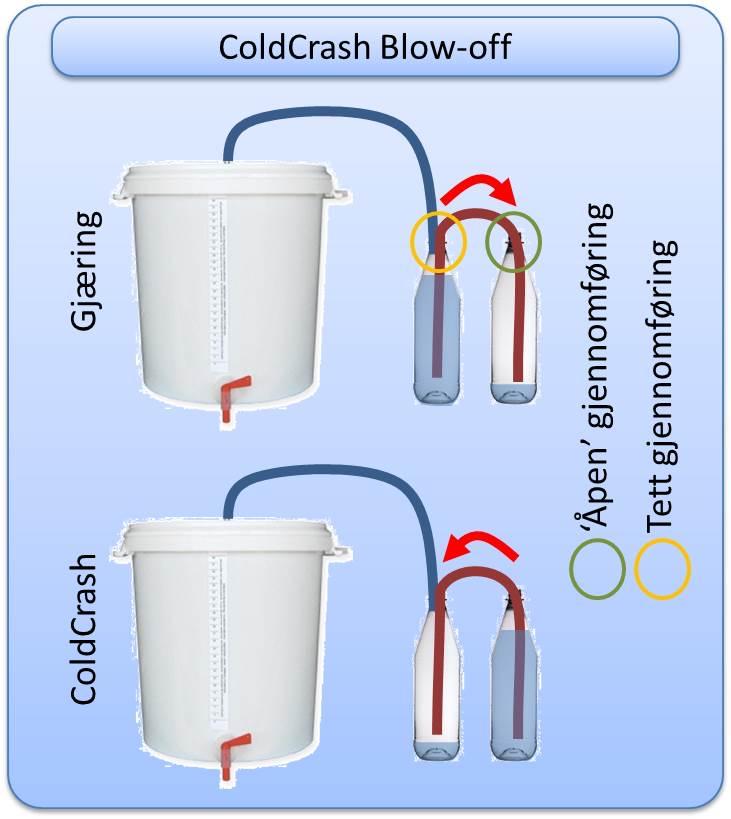Nevertheless, some techniques for the disinfection of barrels significantly reduce Brettanomyces populations and may be used where permitted by the regulations of the country in question, for example:
steam treatment: deep disinfection requires a sufficiently long treatment time (cold water rinse, hot water rinse at 70°C and low pressure steam for 10 min),
ozone sanitization: either with gaseous ozone combined with a hot water treatment at 82°C for 20 min, or with ozonated water. By reacting with materials with a high organic load, the ozone does not deeply penetrate into the wood,
SO2 sanitization: a minimum of 5 g per barrel of gaseous SO2 should be used to disinfect empty and dry barrels. SO2 is very efficient both on the surface and also in deeply penetrating the first millimetres of the wood,
barrel shaving and re-firing: this treatment does not disinfect the wood but enables the most contaminated part to be removed. Shaving and re-firing enables an 80% reduction of volatile phenols compared to a non-treated barrel,
ultrasound: this technique removes more than 90% of viable Brettanomyces (up to 2-4 mm below the internal stave surface).
http://www.oiv.int/public/medias/4831/code-brett-oiv-oeno-462-2014-en.pdf
steam treatment: deep disinfection requires a sufficiently long treatment time (cold water rinse, hot water rinse at 70°C and low pressure steam for 10 min),
ozone sanitization: either with gaseous ozone combined with a hot water treatment at 82°C for 20 min, or with ozonated water. By reacting with materials with a high organic load, the ozone does not deeply penetrate into the wood,
SO2 sanitization: a minimum of 5 g per barrel of gaseous SO2 should be used to disinfect empty and dry barrels. SO2 is very efficient both on the surface and also in deeply penetrating the first millimetres of the wood,
barrel shaving and re-firing: this treatment does not disinfect the wood but enables the most contaminated part to be removed. Shaving and re-firing enables an 80% reduction of volatile phenols compared to a non-treated barrel,
ultrasound: this technique removes more than 90% of viable Brettanomyces (up to 2-4 mm below the internal stave surface).
http://www.oiv.int/public/medias/4831/code-brett-oiv-oeno-462-2014-en.pdf


